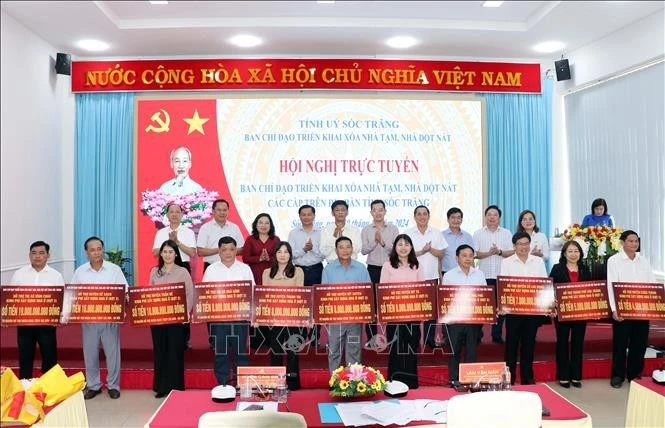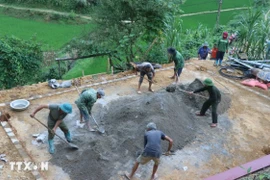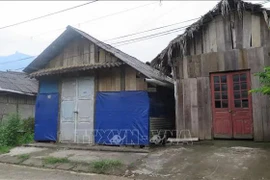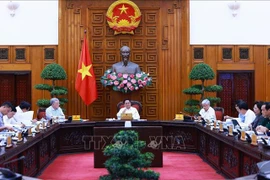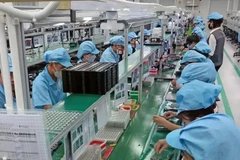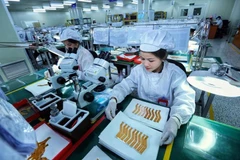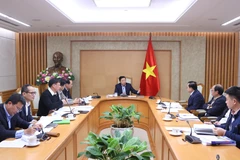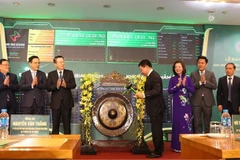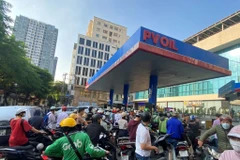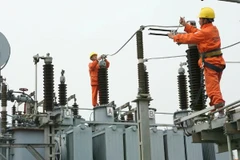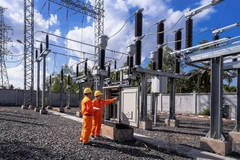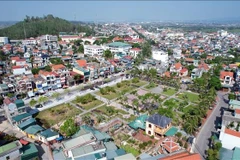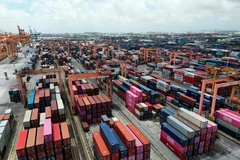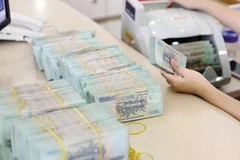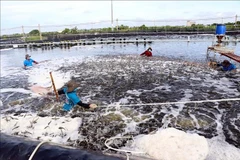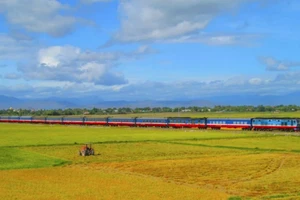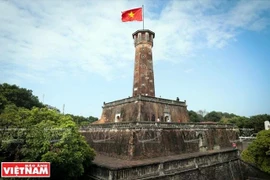Soc Trang (VNA) – The Mekong Delta province of Soc Trang aims to do away with 8,452 temporary and dilapidated houses at an estimated total cost of over 445 billion VND (17.47 million USD), according to a report from the provincial Department of Labour, Invalids, and Social Affairs presented at a local steering committee conference on December 30.
The programme targets revolutionary contributors, poor and near-poor households, and ethnic minority families.
In addition to funding from the central government budget and the national fund for substandard housing elimination, the province still needs to mobilise an additional 106.7 billion VND to meet its goals. This poses a major challenge, as the province faces considerable socio-economic difficulties. Furthermore, approximately some 729 cases involve households without residential land or with land that does not meet the necessary requirements for building houses under current regulations.
At the conference, Secretary of the provincial Party Committee Lam Van Man urged local authorities, agencies, and organisations to accelerate the programme for households in urgent need of housing. He called for a concerted effort of the entire political system and mass organisations, ensuring close leadership, supervision, and inspection to guarantee the programme’s quality and effectiveness.
On this occasion, provincial leaders and sponsors presented the second phase of funding for the programme, aiming to meet its target by September 30, 2025./.
